The purpose for using different twist rates is to reduce crosstalk between pairs.
There are broadly two mechanisms of interference pickup, capacitive amd magnetic, which is more significant will depend on the frequency and impedance of the system.
Twisted pairs mitigate both, capacitive pickup is mitigated by alternating which wire is closer to the interference source, so the two wires pick up the same amount of interference which can then be cancelled by a differential receiver.
magnetic pickup is mitigated by constantly changing the direction of the loop area, so when placed in a uniform magnetic field the magnetic pickup will cancel out.
In both cases though, we have a problem if we place two or more twisted pairs of the same twist rate close to each other. The interference between the two pairs will not cancel because the twists will line up with each other.
Varying the twist rates means the twists will not remain lined up over a long cable and hence mitigates crosstalk.
